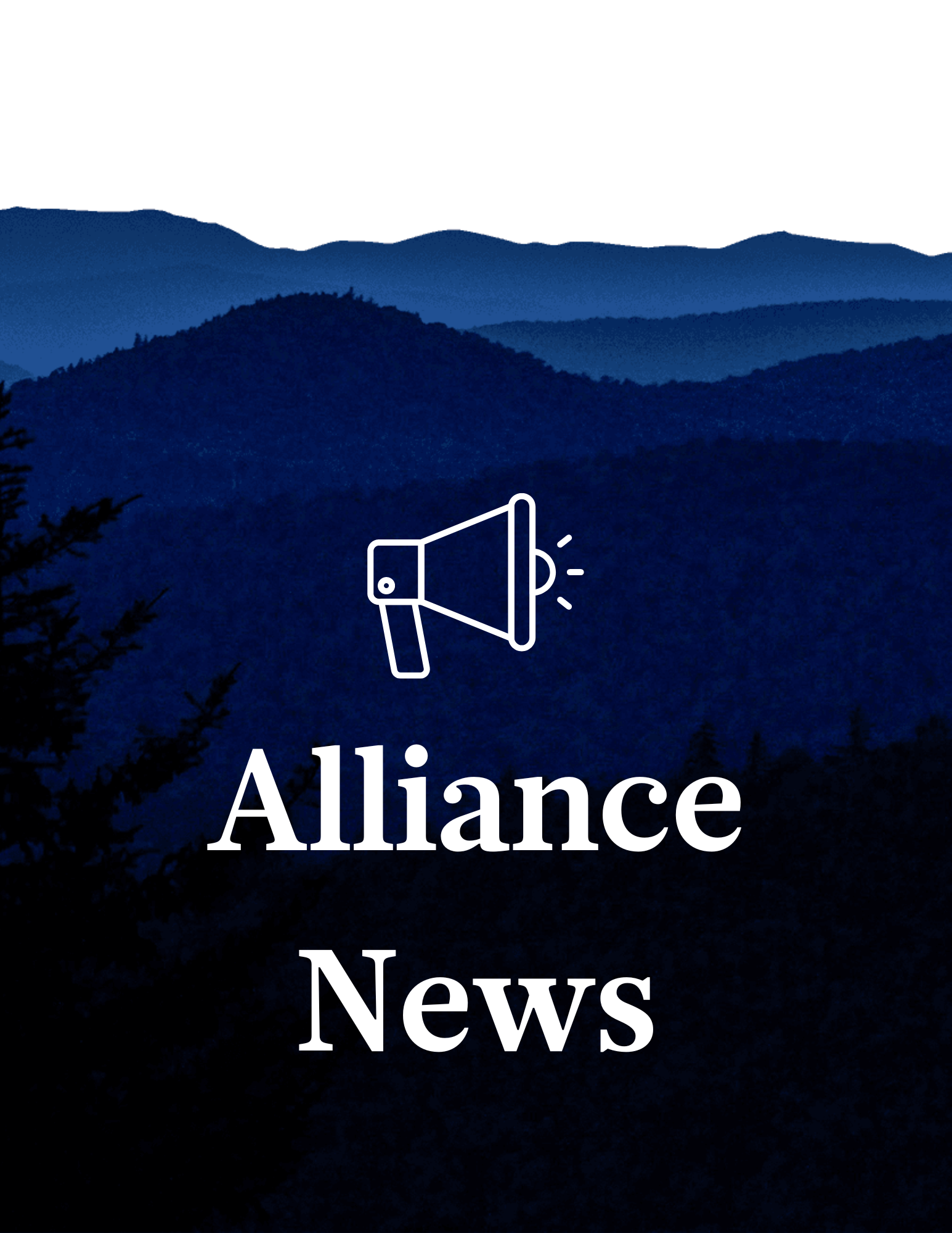Home / The U.S. Climate Alliance Commits to Maintain Lands as a Net Carbon Sink and Develop Pathways to Act by 2020

The United States Climate Alliance, a bipartisan coalition of 17 governors committed to reducing greenhouse gas emissions consistent with the goals of the Paris Agreement, today issued a Challenge to protect our natural and working lands as a means of mitigating greenhouse gas emissions and enhancing resilient carbon sinks. The Challenge will be delivered to the Global Climate Action Summit, to be held in San Francisco on September 12-14, where climate leaders from around the world will convene to take bold climate action:
The natural systems upon which we depend are essential to life and critical for reducing the impacts of climate change on our communities. These systems are also under threat from human activity and climate change. U.S. Climate Alliance States will manage natural and working lands, including forests, farms, rangelands, and wetlands, to be resilient carbon sinks and protect the communities, economies, and ecosystems that depend on them.
The U.S. Climate Alliance recognizes that healthy landscapes sequester carbon and provide significant and cost-effective opportunities to reduce greenhouse gas (GHG) emissions consistent with the goals of the Paris Agreement. Therefore, the U.S. Climate Alliance States commit to:
The U.S. Climate Alliance will work in the coming months to identify best practices and policy pathways for protecting and enhancing resilient carbon sinks. U.S. Climate Alliance States will consider and, as appropriate, adopt practices that increase long-term carbon sequestration in forests and forest products; reduce losses from catastrophic wildfire and land-use change; protect existing natural and working lands from conversion; support healthy soils on farms and ranches; restore coastal wetlands and sub-tidal habitats that protect shorelines against sea level rise; restore ecosystems and open space for watershed protection and recreation; and grow the urban forest and other greenspace to improve health and livability. These actions to reduce GHG emissions and increase carbon sequestration will be undertaken in a manner that supports watershed health from source to tap; protects the viability of vital farmland, ranchland and productive forestland; fosters resilient rural economies; restores critical habitat and bolsters ecosystem adaptation to climate change; and offers recreational opportunities across our states.
The Alliance invites all national and subnational jurisdictions, tribes, businesses and other actors to make commitments to reduce GHG emissions and protect and enhance carbon sequestration across all natural and working lands at the Global Climate Action Summit in San Francisco, California this September and thereafter.
Launched in 2017 by the governors of Washington, New York, and California to help fill the void left by the U.S. federal government’s withdrawal from the Paris Agreement, the Alliance has grown to include 24 governors from across the U.S. representing approximately 60 percent of the U.S. economy and 55 percent of the U.S. population. Governors in the Alliance have pledged to collectively reduce net greenhouse gas emissions by at least 26-28 percent by 2025, 50-52 percent by 2030, and 61-66 percent by 2035, all below 2005 levels, and collectively achieve overall net-zero greenhouse gas emissions as soon as practicable, and no later than 2050.
The Alliance’s states and territories continue to advance innovative and impactful climate solutions to grow the economy, create jobs, and protect public health, and have a long record of action and results. In fact, the latest data shows that as of 2023, the Alliance has reduced its collective net greenhouse gas emissions by 24 percent below 2005 levels, while increasing collective GDP by 34 percent, and is on track to meet its near-term climate goal of reducing collective greenhouse gas emissions 26 percent below 2005 levels by 2025.
###